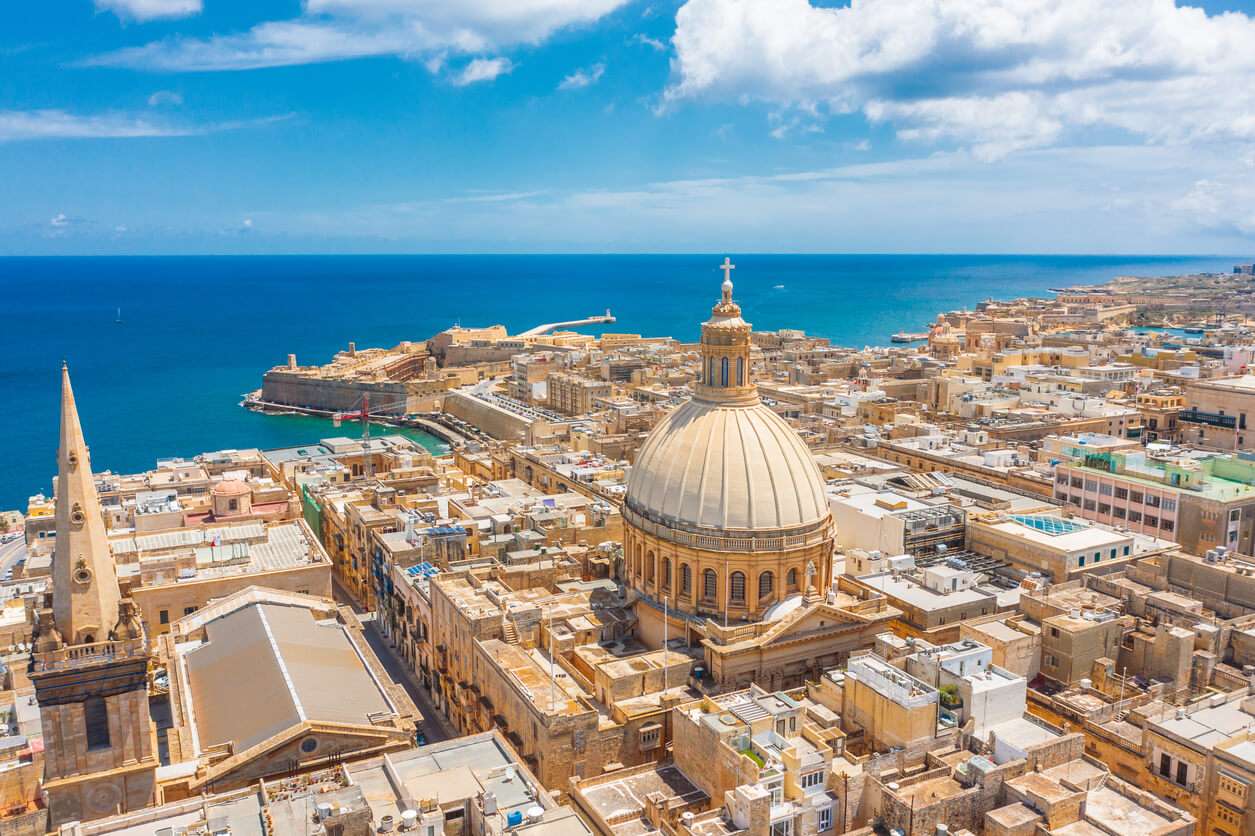Table of Contents
ToggleNovember in Malta
A Quiet Season of Culture, Coastlines, and Unexpected Warmth
For many travelers, the Mediterranean is synonymous with summer—sun-drenched beaches, bustling promenades, and peak-season crowds. Yet those who know Malta well understand that some of the archipelago’s most compelling qualities emerge in late autumn. November, often considered a “shoulder month” in the broader tourism calendar, offers a distinctly different Maltese experience: calmer, cooler, and surprisingly vibrant. Whether you are a culture-seeker, an outdoor enthusiast, or a traveler looking for relaxed exploration, November in Malta delivers a unique blend of serenity and seasonal energy.
A Milder Climate with Mediterranean Character
November weather in Malta shifts gently from warm to mild. Daytime temperatures typically range between 18°C and 22°C, offering far more comfort than the intensity of summer heat. Evenings cool into the mid-teens, prompting locals to pull out light jackets but rarely anything heavier. Rain showers do occur more frequently than in summer, yet they are usually brief and followed by clear skies. This interplay of sun and cloud creates dramatic coastal light—ideal for photography and scenic walks.
Sea temperatures remain relatively warm compared to northern Europe, often hovering around 20°C in early November. While not the height of swimming season, it is still pleasant enough for those who enjoy brisk dips or water sports. Moreover, the calmer autumn seas create excellent visibility for diving, one of Malta’s signature activities.

Quieter Sites and Slower Travel
Malta’s compact size and rich historical density mean that popular attractions can feel crowded during peak months. November, however, transforms the experience entirely. Iconic sites such as Mdina, the Silent City, take on a genuinely contemplative atmosphere as the winding alleys become less trafficked. Valletta’s museums and palaces—Grand Master’s Palace State Rooms, St John’s Co-Cathedral, and MUŻA—become easier to navigate, allowing visitors to linger and absorb historical detail without pressure.
Gozo, Malta’s greener and more rural sister island, is particularly enjoyable this time of year. The terraced fields transition into deeper autumn tones, and country roads, once congested with summer day-trippers, offer tranquil routes for cycling and rambling. November is also prime time to explore lesser-known archaeological sites, such as the Xagħra Stone Circle or the Ta’ Ċenċ plateau, without competition for space.
A Month of Culture and Culinary Warmth
Despite being quieter than summer, Malta in November is not dormant. The island’s event calendar fills with cultural programming that appeals to both locals and international visitors. The Malta Book Festival, one of the country’s most significant literary events, typically falls in November and features author discussions, publishing industry sessions, and exhibitions.
Music lovers often find November to be an advantageous month as well. Various classical, jazz, and contemporary concerts take place across Valletta’s historic venues, leveraging the atmospheric charm of baroque architecture. Local village theatres and community spaces also host performances, reflecting Malta’s growing grassroots arts movement.
Culinary experiences deepen in seasonal character during this period. Maltese cuisine transitions toward heartier fare: rabbit stews (fenek), baked pasta (timpana), and rustic ftira filled with olives, tomatoes, and anchovies. November is also an excellent month for sampling locally produced wines during vineyard events in areas such as Marsovin’s cellars or the boutique wineries of Gozo. With tourist numbers lower, it becomes easier to secure reservations at acclaimed restaurants in Valletta, Sliema, and St Julian’s.

Outdoor Activities Without the Heat
One of November’s greatest advantages is the ability to enjoy the outdoors without extreme heat. Hiking trails across Malta and Gozo are at their most inviting. The Dingli Cliffs route offers panoramic sea views under softer autumn light, while the coastal paths along Mellieħa and Għadira present broad vistas and opportunities to observe migratory birds, which are active through the season.
Climbers and adventure-sport travelers often consider November a prime month. The cooling temperatures allow for safer and more comfortable conditions when climbing Malta’s limestone cliffs, especially around Wied Babu, Victoria Lines, and Gozo’s Mgarr-ix-Xini valley. Kayaking and stand-up paddleboarding are still feasible early in the month, though conditions vary with weather patterns. Operators tend to remain open but operate on reduced schedules, so booking ahead is advisable.
A Gateway to the Festive Season
While November itself is not a major festive period in Malta, the month represents the quiet ramp-up to December’s holiday activities. Valletta’s streets begin to see early seasonal decorations towards the end of the month, and local artisans prepare markets showcasing Maltese crafts: filigree jewelry, blown glass, and traditional foods such as qagħaq tal-għasel (honey rings). This transitional moment allows visitors to experience the islands before the holiday season becomes fully animated.
An Ideal Time for Strategic Travelers
Ultimately, November in Malta is well-suited to travelers who value balance: daytime warmth without summer intensity, cultural activity without crowded venues, and natural beauty framed by gentler seasonal tones. It is a month that rewards slow travel—walking the fortifications of Valletta, tasting local wines, exploring rural Gozo, or simply watching the sun set behind the cliffs at Dingli without distraction.



